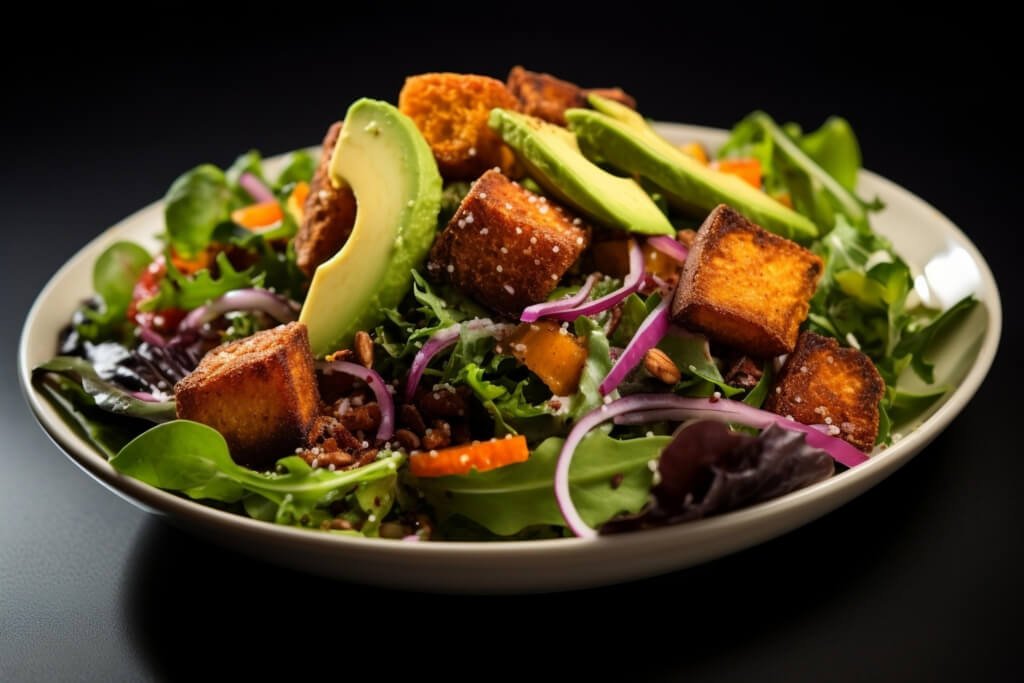The Best Foods to Eat Before and After a Pilates Workout
Pilates is a powerful mind-body workout that builds core strength, flexibility, and endurance—but did you know that what you eat before and after your session can significantly impact your results? Proper Pilates nutrition ensures that your body has the energy to move efficiently, and the nutrients needed for muscle recovery and repair.
Whether you're heading into a morning Pilates flow, an intense Reformer class, or a relaxing mat session, fueling your body with the right pre-workout meals and post-workout recovery foods can help you perform better and feel stronger. Let’s dive into the best food choices to support your Pilates practice!
1. Why Nutrition Matters for Pilates
Pilates may not be as high intensity as weightlifting or HIIT, but it still requires focus, endurance, and strength. Without proper nutrition, you may feel fatigued, lightheaded, or unable to engage your muscles fully.
Key Reasons to Eat Well for Pilates:
Sustained Energy: Pilates requires steady energy levels, especially for core engagement and controlled movements.
Muscle Recovery: Proper post-workout nutrition reduces soreness and promotes muscle repair.
Flexibility & Joint Health: Nutrient-dense foods support joint mobility and overall flexibility.
Improved Focus & Breath Control: A well-fueled body enhances mental clarity and endurance during practice.
By choosing balanced, nutrient-dense foods, you can maximize the benefits of every session.
2. The Best Pre-Workout Foods for Pilates
The right pre-workout meal should provide long-lasting energy without making you feel sluggish or bloated. Since Pilates involves controlled movement and core engagement, avoid heavy, greasy, or overly processed foods before your session.
Ideal Pre-Workout Foods:
Bananas with Almond Butter – A perfect combo of fast-digesting carbs and healthy fats for sustained energy.
Greek Yogurt with Berries & Honey – Packed with protein for muscle support and natural sugars for quick energy.
Oatmeal with Chia Seeds & Cinnamon – Provides slow-burning carbs to keep you fueled for an extended session.
Avocado Toast on Whole Grain Bread – A great mix of healthy fats, fiber, and complex carbohydrates.
Smoothie with Spinach, Protein Powder, and Berries – A light yet nourishing option that won’t weigh you down.
When to Eat Before Pilates?
30-60 minutes before a session: Opt for a light snack (fruit, yogurt, smoothie).
1-2 hours before: Have a balanced meal (oatmeal, eggs with toast, or a protein smoothie).
Avoid heavy meals right before class to prevent discomfort during core work and stretching.
3. Hydration and Electrolytes
Staying hydrated is just as important as eating the right foods! Since Pilates focuses on breath control and muscle activation, dehydration can lead to cramps, dizziness, and fatigue.
Best Ways to Stay Hydrated:
Water: Sip throughout the day and drink a glass 30 minutes before class.
Coconut Water: A natural source of electrolytes to replenish minerals lost during exercise.
Herbal Teas: Soothing and hydrating without caffeine jitters.
Infused Water: Add lemon, cucumber, or berries for extra nutrients and flavor.
Steer clear of sugary energy drinks or sodas, which can cause energy crashes mid-session.
4. The Best Post-Workout Foods for Pilates Recovery
After Pilates, your body needs protein to repair muscles and carbohydrates to replenish energy. Eating the right post-workout recovery foods helps reduce soreness, build strength, and keep you feeling energized.
Ideal Post-Workout Meals:
Scrambled Eggs with Whole Grain Toast & Avocado – Provides protein, fiber, and healthy fats for muscle recovery.
Quinoa Bowl with Roasted Veggies & Grilled Chicken – A nutrient-rich meal that supports endurance and repair.
Cottage Cheese with Pineapple & Chia Seeds – A protein-packed snack with anti-inflammatory benefits.
Salmon with Brown Rice & Steamed Spinach – Loaded with omega-3s, lean protein, and essential minerals.
Smoothie with Protein Powder, Banana, and Almond Milk – A quick and effective way to refuel after class.
When to Eat After Pilates?
Within 30-60 minutes: Consume a high-protein snack or meal to aid recovery.
Post-workout hydration: Drink water or coconut water to restore electrolyte balance.
5. Foods to Avoid Before & After Pilates
Some foods can cause digestive discomfort, bloating, or energy crashes, making your Pilates session less effective.
What to Skip Before Pilates:
Heavy, greasy foods (fast food, fried items, creamy sauces).
Sugary snacks (candy bars, pastries) that cause energy spikes and crashes.
Carbonated drinks (soda, sparkling water) that can cause bloating.
What to Avoid After Pilates:
Processed junk food (chips, sugary drinks) that provide empty calories.
Excess caffeine (strong coffee or energy drinks) which can lead to dehydration.
Alcohol (avoid celebratory drinks immediately post-workout, as it dehydrates the body).
By choosing wholesome, nutrient-dense foods, you’ll support your Pilates practice and overall well-being.
Nourish Your Pilates Practice
Your Pilates journey isn’t just about movement—it’s about fueling your body for strength, balance, and endurance. Choosing nutrient-rich pre-workout meals and post-workout recovery foods ensures that you perform your best, avoid fatigue, and maximize the benefits of your sessions.
By incorporating whole foods, hydration, and mindful eating habits, you can enhance your Pilates experience and build a healthier, stronger body from the inside out. So next time you roll out your mat, remember—your fuel is just as important as your flow!

